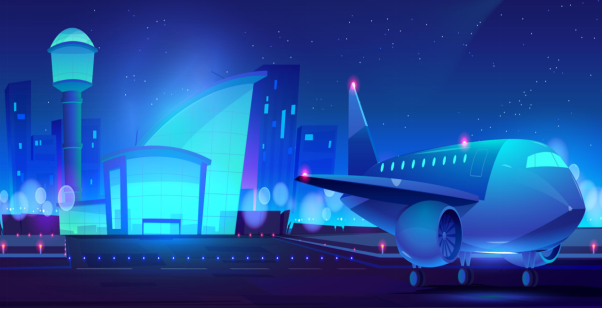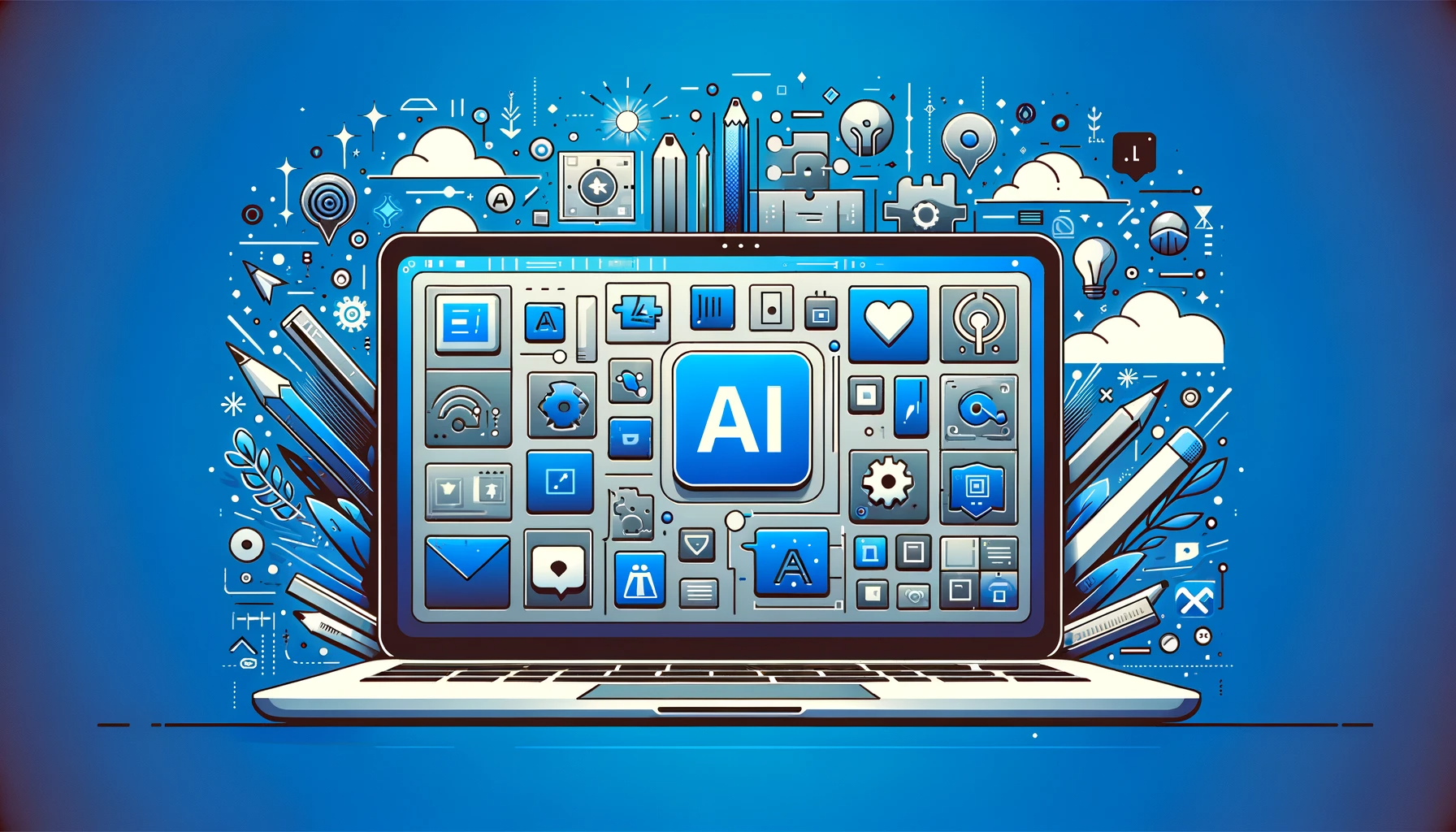
How Aviation Industry Can Utilize The Potential of Metaverse
The aviation industry has always been at the forefront of technological advancements, revolutionizing the way we travel and connect with the world. With the emergence of the metaverse, a virtual reality space where users can interact with a computer-generated environment and other users, the aviation industry has a unique opportunity to leverage this technology and unlock new possibilities. In this article, we will explore how the aviation industry can utilize the potential of the metaverse to transform various aspects of its operations and enhance the passenger experience.
Introduction
Definition of the Metaverse
The metaverse refers to a virtual reality space that exists parallel to the physical world. It is a collective virtual shared space where users can interact with a computer-generated environment and other users in real-time.
Overview of the aviation industry’s current state
The aviation industry plays a crucial role in connecting people and goods globally. However, it faces various challenges such as increasing competition, rising operational costs, and evolving passenger expectations.
Importance of embracing emerging technologies
Embracing emerging technologies, including partnering with a reputable metaverse development company in Dubai, is essential for the aviation industry to stay ahead of the curve and meet the evolving needs of passengers.
The metaverse presents an exciting opportunity to create immersive and connected experiences for aviation stakeholders. By collaborating with a metaverse development company Dubai, aviation businesses can leverage their expertise in creating innovative virtual reality solutions that can transform the way passengers interact with airports, enhance flight training programs, and facilitate seamless communication among aviation professionals.
Understanding the Potential of the Metaverse
Exploring the concept of the Metaverse
The metaverse is a convergence of virtual reality, augmented reality, and the internet. It offers a vast and dynamic virtual space where users can interact, create content, and engage in various activities.
Key features and characteristics of the Metaverse
The metaverse is characterized by its immersive nature, real-time interactions, and user-generated content. It allows users to explore virtual environments, socialize, conduct business, and even perform virtual transactions.
Examples of industries benefiting from the Metaverse
Several industries have already started utilizing the potential of the metaverse. Gaming, entertainment, education, and real estate sectors have witnessed significant advancements and opportunities by embracing this technology.
Opportunities for the Aviation Industry in the Metaverse
Virtual airports and terminals
- Enhancing the passenger experience
Virtual airports and terminals can provide passengers with a seamless and personalized experience. From virtual check-in and boarding processes to immersive waiting areas, the metaverse can revolutionize the way passengers interact with airport facilities.
- Streamlining check-in and security processes
By integrating biometric technologies and virtual reality simulations, the metaverse can streamline check-in and security procedures. Passengers can complete necessary documentation and security checks in a virtual environment, reducing wait times and enhancing overall efficiency.
- Virtual shopping and retail experiences
The metaverse can recreate a virtual shopping environment where passengers can explore and purchase duty-free products. This not only provides convenience but also opens up new revenue streams for airports and airlines.
Flight training and simulation
- Advanced virtual flight simulators
Virtual flight simulators powered by the metaverse technology can provide pilots with realistic training experiences. They can simulate various weather conditions, emergencies, and scenarios, allowing pilots to hone their skills in a safe and controlled virtual environment.
- Realistic pilot training in a virtual environment
The metaverse can replicate real-life scenarios, enabling pilots to practice critical decision-making and emergency procedures. It can enhance their situational awareness and response capabilities, ultimately improving flight safety.
- Cost and time efficiency for pilot training programs
Virtual pilot training programs can significantly reduce the costs associated with traditional training methods. The metaverse enables trainees to access training materials remotely, eliminating the need for expensive physical infrastructure and travel expenses.
Collaboration and communication
- Virtual meetings and conferences for aviation professionals
The metaverse can facilitate virtual meetings and conferences, enabling aviation professionals to collaborate regardless of their physical locations. It eliminates the barriers of distance and time, fostering greater knowledge sharing and collaboration within the industry.
- Remote maintenance and troubleshooting of aircraft
By leveraging the metaverse, aviation engineers and maintenance teams can remotely access and troubleshoot aircraft systems. This can lead to faster response times, reduced downtime, and more efficient maintenance operations.
- Seamless communication among airlines, airports, and air traffic control
The metaverse can bridge the communication gap among different stakeholders in the aviation ecosystem. Airlines, airports, and air traffic control can collaborate in real-time, improving operational coordination and enhancing overall safety.
Challenges and Considerations
- Privacy and security concerns
As the aviation industry embraces the metaverse, privacy and security concerns need to be carefully addressed. Safeguarding passenger data, protecting virtual assets, and ensuring secure communication channels are critical considerations.
- Accessibility and inclusivity in the Metaverse
Efforts should be made to ensure that the metaverse is accessible and inclusive for all individuals. User interfaces should be designed to accommodate different abilities, and efforts should be made to bridge the digital divide to avoid leaving anyone behind.
- Integration with existing aviation systems and infrastructure
The integration of the metaverse with existing aviation systems and infrastructure poses technical challenges. Seamless integration and interoperability are crucial to ensure a smooth transition and maximize the benefits of this technology.
Implementing the Metaverse in the Aviation Industry
- Collaboration between technology companies and aviation stakeholders
To effectively implement the metaverse in the aviation industry, collaboration between technology companies, airlines, airports, and other stakeholders is vital. Joint efforts can drive innovation, develop industry standards, and create solutions that address specific aviation needs.
- Developing industry standards and regulations
As the metaverse evolves, industry standards and regulations should be established to ensure safety, security, and interoperability. Governments, regulatory bodies, and industry associations should work together to define guidelines and best practices.
- Piloting Metaverse projects and evaluating their impact
Before widespread adoption, piloting metaverse projects in specific areas of the aviation industry can provide valuable insights and data. Continuous evaluation of these projects will help identify challenges, fine-tune implementations, and measure their impact on various operational aspects.
Future Implications and Benefits
- Transforming the passenger experience
The metaverse has the potential to transform the passenger experience by creating immersive, personalized, and convenient journeys. From pre-flight preparations to in-flight entertainment, the metaverse can offer a seamless and engaging experience for travelers.
- Reducing costs and enhancing operational efficiency
Implementing metaverse solutions can lead to cost savings and increased operational efficiency for the aviation industry. From streamlined processes to optimized resource allocation, the metaverse can unlock new possibilities for improved profitability.
- Improving safety and maintenance procedures
By leveraging the metaverse for training, maintenance, and collaboration, the aviation industry can enhance safety and maintenance procedures. Realistic simulations, remote troubleshooting, and seamless communication can minimize risks and improve overall operational effectiveness.
Conclusion
- Recap of the potential of the Metaverse in aviation
The metaverse presents a unique opportunity for the aviation industry to reimagine its operations, enhance the passenger experience, and unlock new levels of efficiency and safety. By embracing this technology, the aviation industry can stay at the forefront of innovation and shape the future of travel.
- Encouraging the aviation industry to embrace the Metaverse
It is crucial for aviation stakeholders to recognize the potential of the metaverse and actively explore its applications. Collaboration, investment in research and development, and a forward-thinking mindset are key to leveraging the metaverse’s benefits.
- Looking ahead to a more connected and immersive aviation experience.
As the metaverse continues to evolve, the aviation industry can look forward to a future where virtual and physical worlds seamlessly integrate, creating a more connected, immersive, and efficient aviation experience for all.



